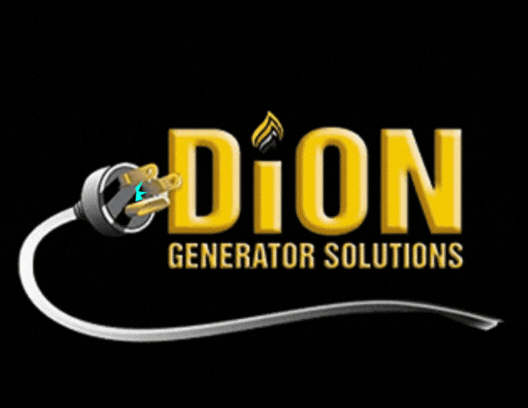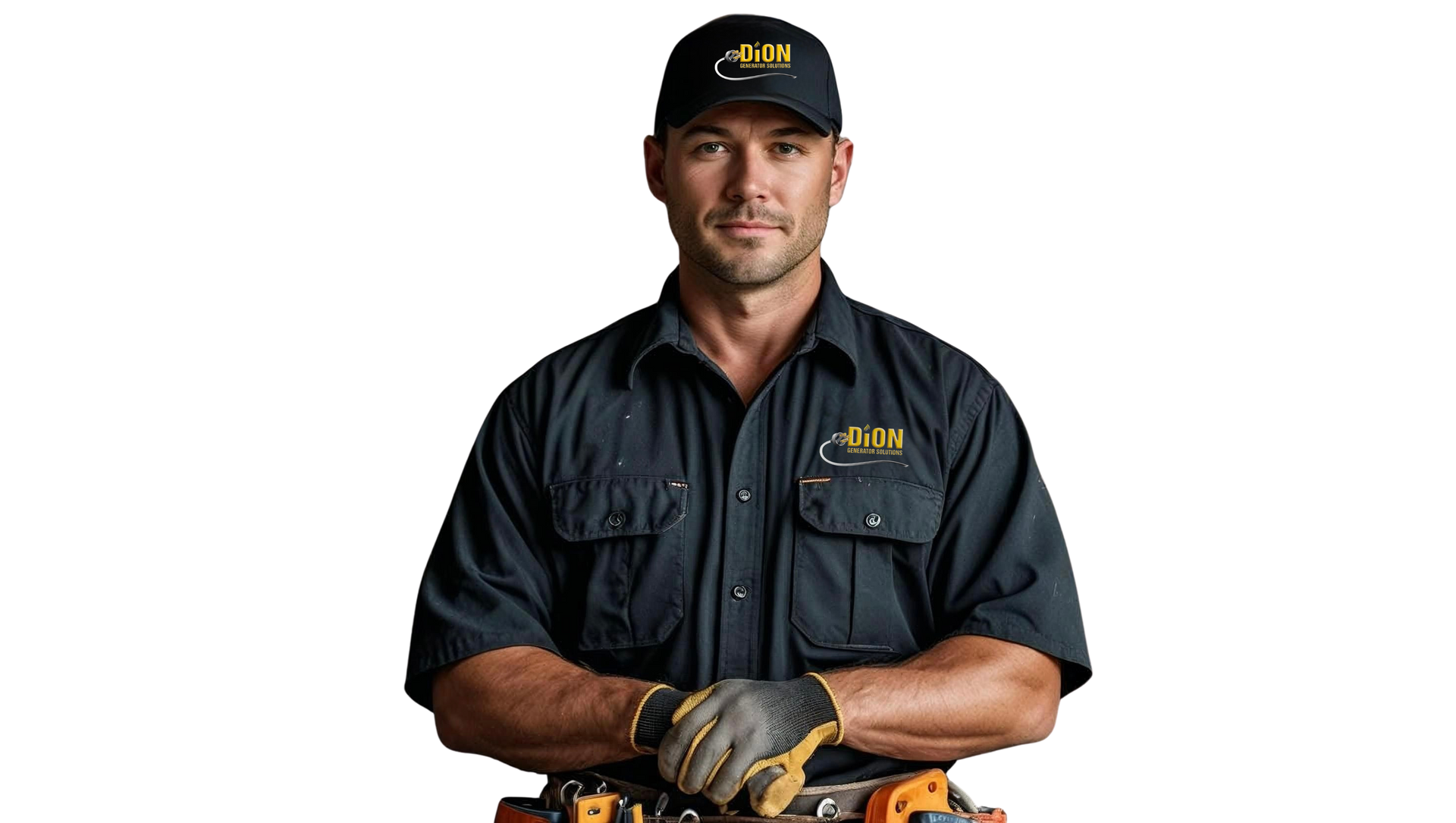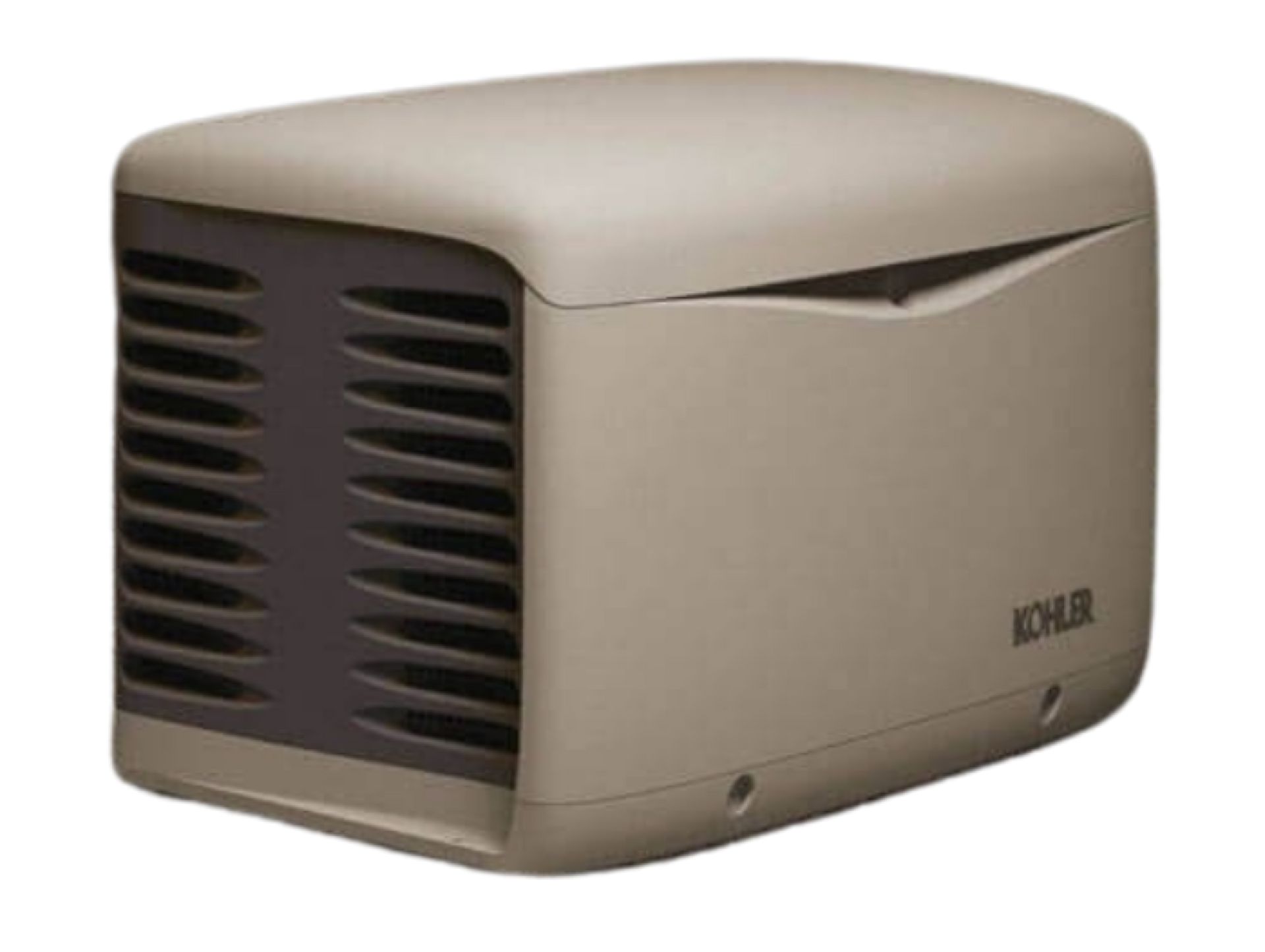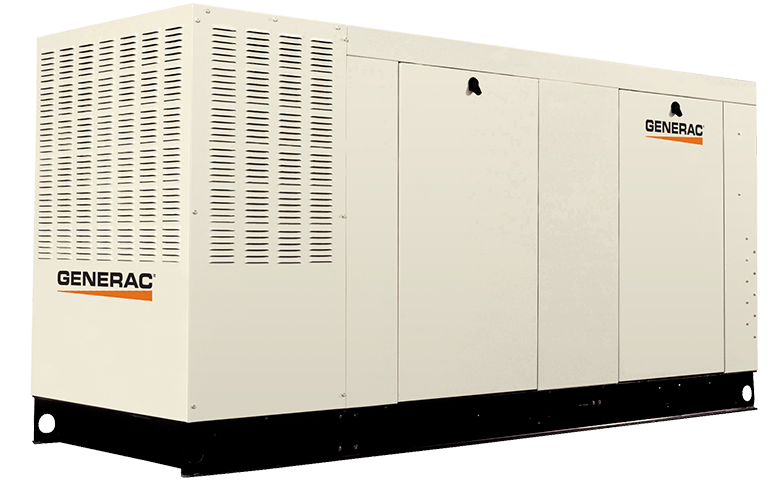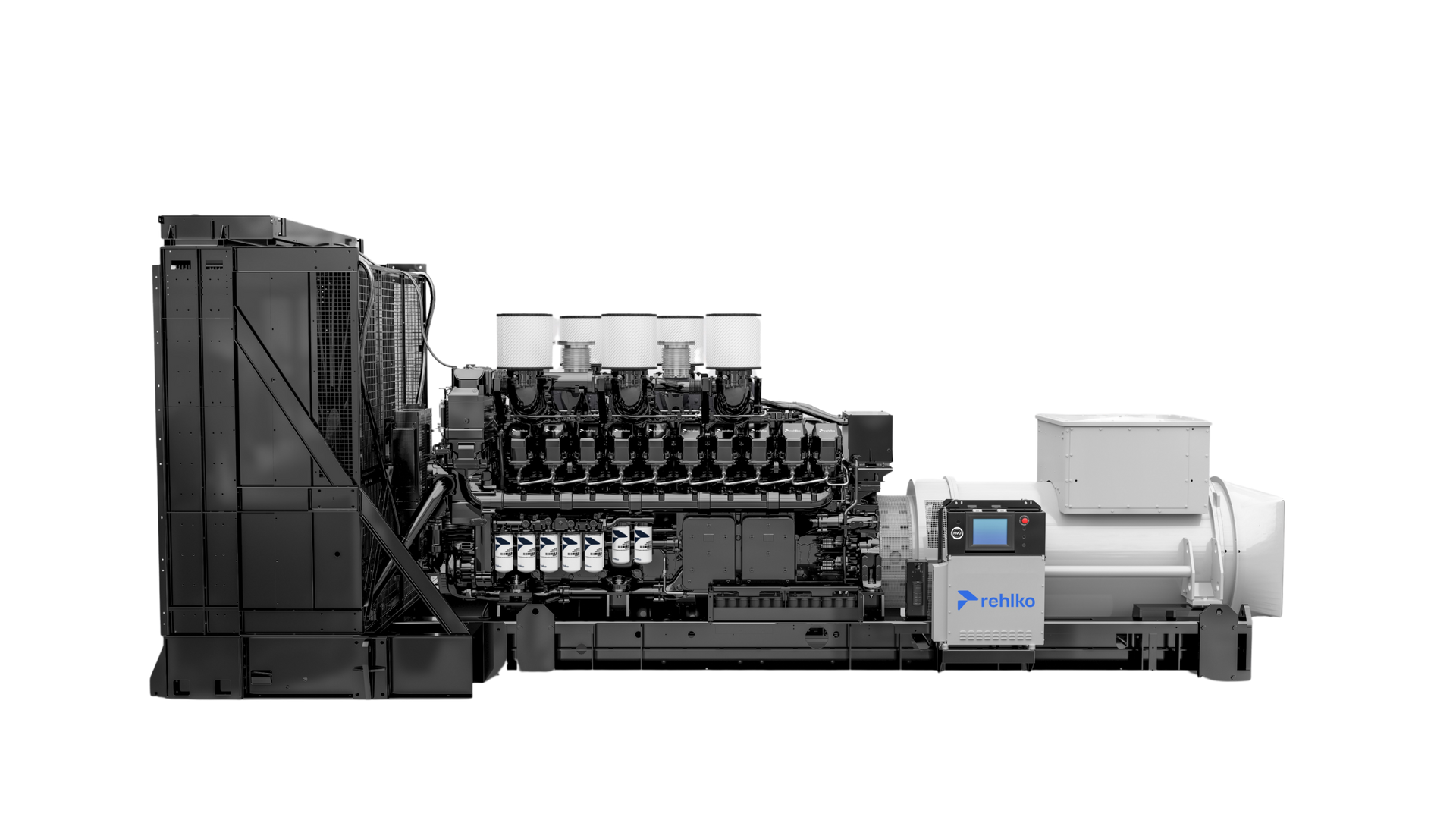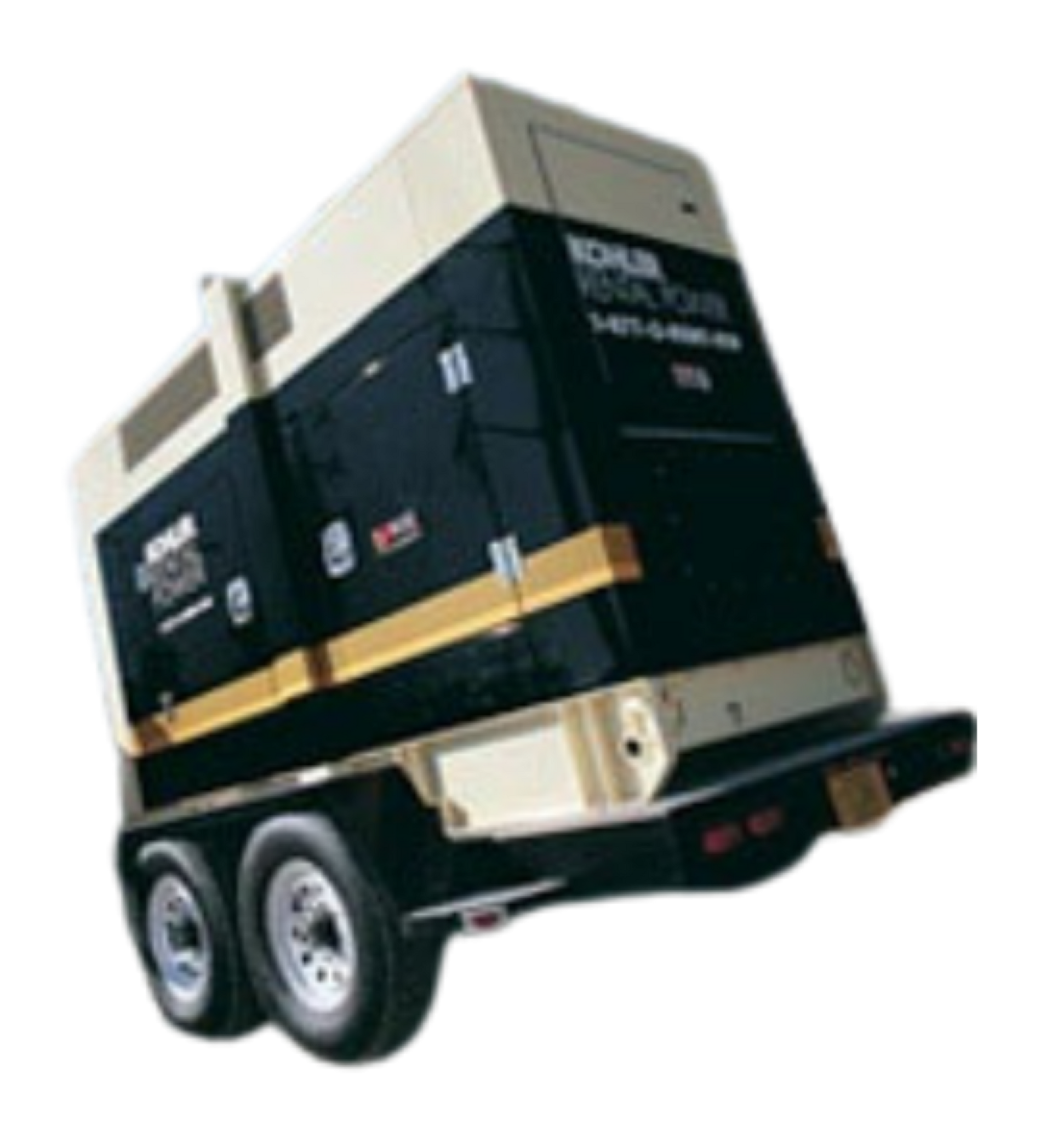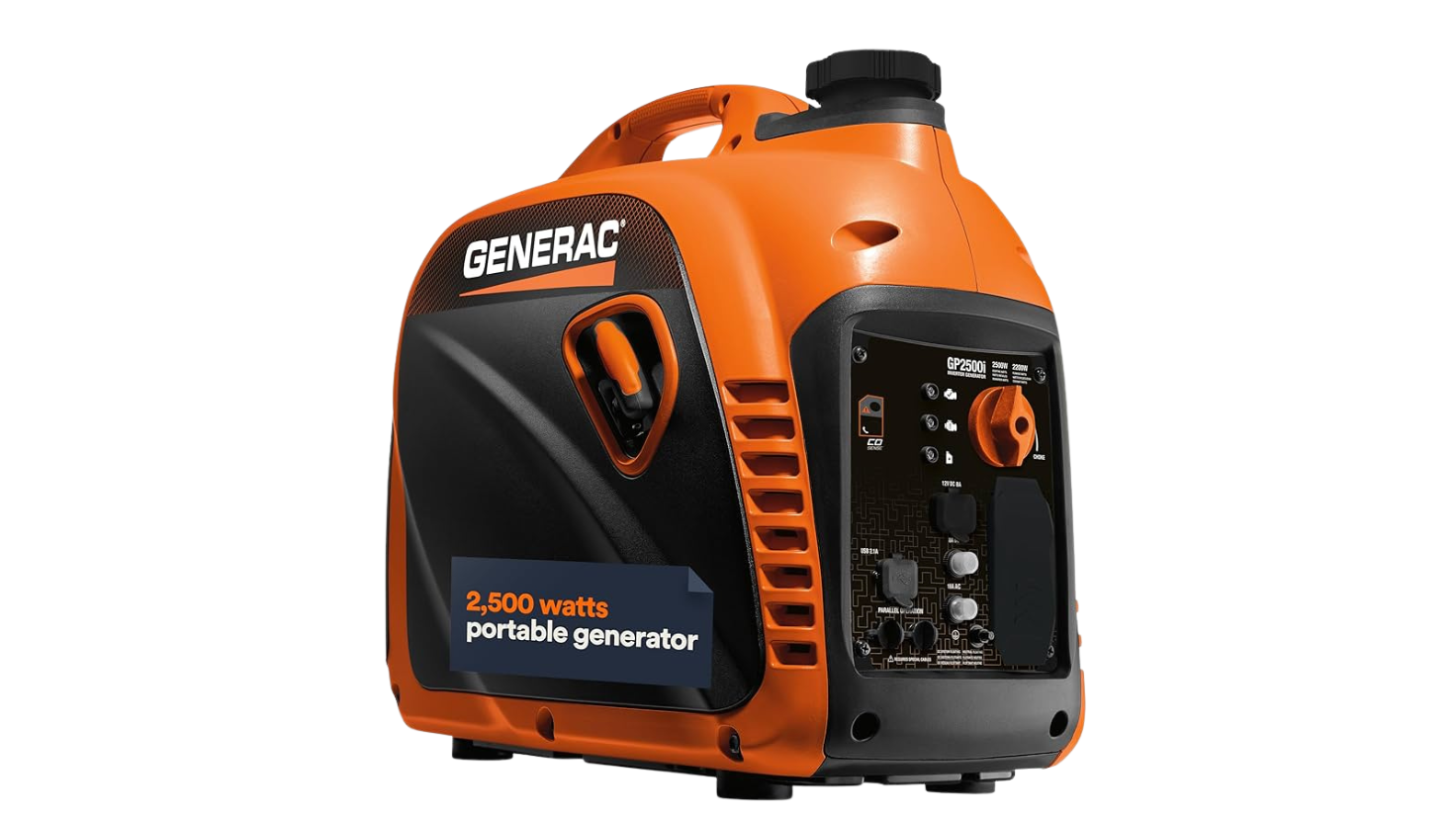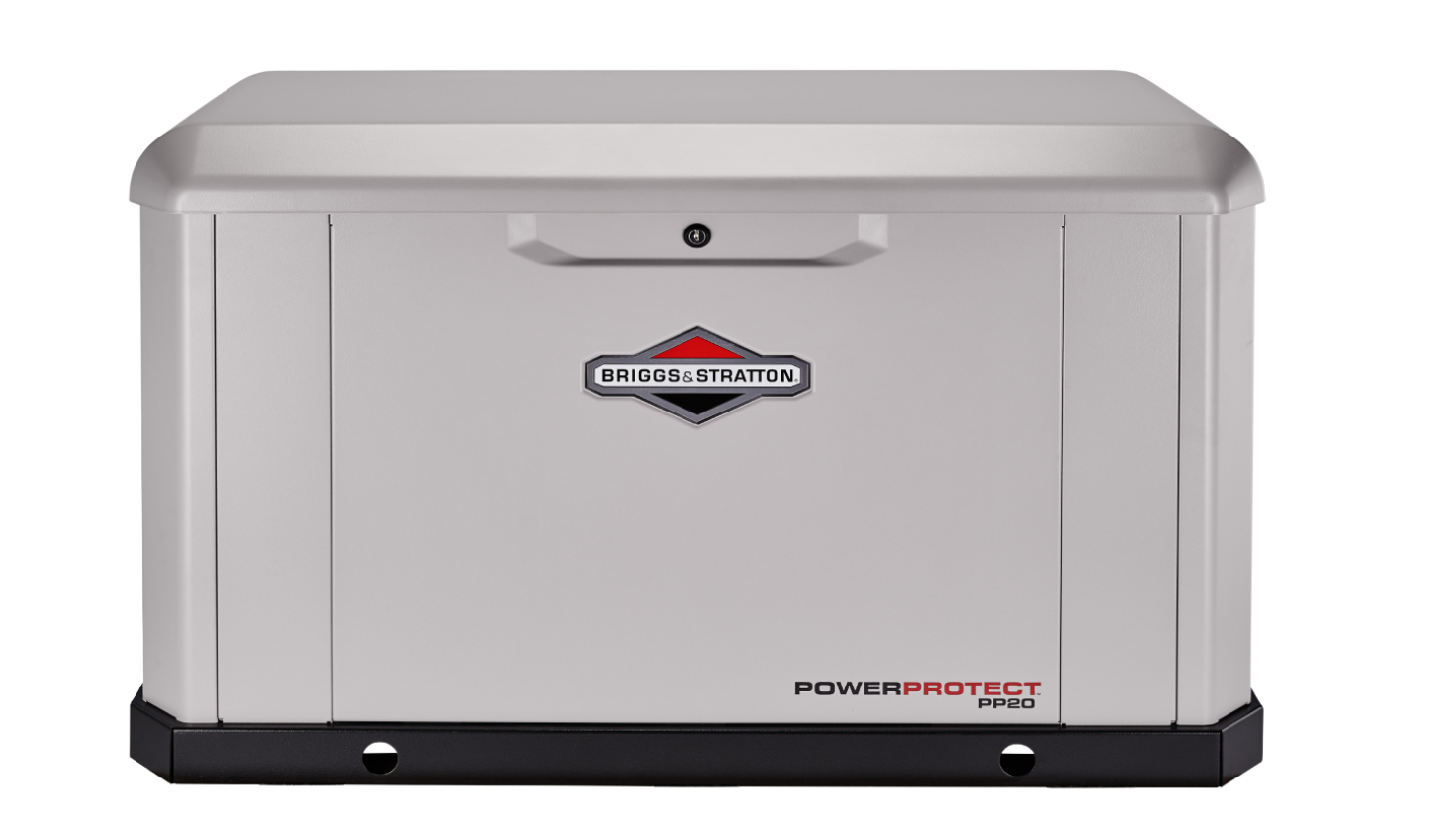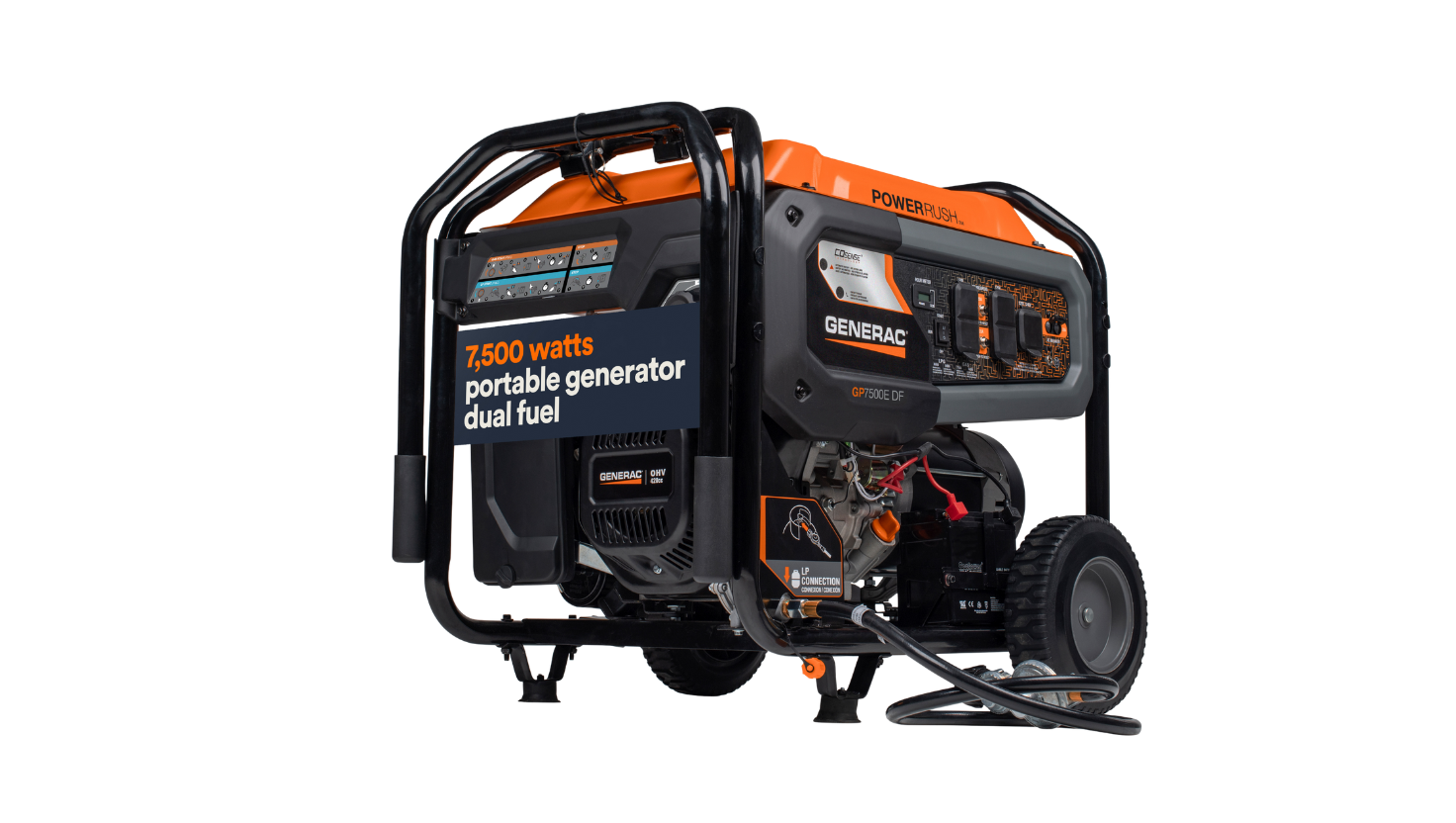Generators FAQ: Your Questions Answered
Have questions about our generators? Here we address common inquiries about features, pricing, and installation to help you make the best choice for your home or business.
This is paragraph text. Click it or hit the Manage Text button to change the font, color, size, format, and more. To set up site-wide paragraph and title styles, go to Site Theme.
Generators FAQ
What is a Hurricane?
A hurricane is a type of tropical cyclone - an organized rotating weather system that develops in the tropics. Hurricanes rotate counter clockwise in the Northern Hemisphere. Tropical cyclones are classified as follows:
Tropical Depression - An organized system of persistent clouds and thunderstorms with a closed low-level circulation and maximum sustained winds of 38mph (33 knots) or less.
Tropical Storm - An organized system of strong thunderstorms with a well-defined circulation and maximum sustained winds of 39 to 73mph (34-63 knots)
Hurricane - An intense tropical weather system with a well-defined circulation and sustained winds of 74mph (64 knots) or higher.
Who is Dion Generator Solutions?
Dion Generator Solutions has been powering Florida for nearly 20 years, serving over 1,000 customers with expert sales, installation, and service. With locations in Miami and Key Largo, we’re deeply involved in our communities through local chambers and events, delivering reliable backup power and trusted support across the state.
What is an Automatic Standby Generator?
An Automatic Standby Generator is a back-up electrical system that operates whether you are home or away. Within seconds of an outage, it automatically supplies power directly to your home's electrical circuit breaker box. After the utility power returns, the generator shuts itself off and waits for the next outage. It operates on propane or diesel and sits outside just like a central air conditioning unit.
What are the Basic Components of a Home Standby Generator?
A Home Standby Generator system will include a generator and an automatic transfer switch. Both are needed for the generator to work. The automatic transfer switch determines when to turn on the generator and switches power between the utility and generator during a power outage.
What is the difference between a standby and a portable generator?
Portable generators are easy to operate, versatile, and great for short-term use—whether powering essentials during a brief outage or taking them along for camping trips and other outdoor activities. They can keep your home’s key systems running for a couple of days. Standby generators, on the other hand, are a permanent, long-term investment for your home. Installed with an automatic transfer switch, they turn on within seconds of a power outage and can keep your entire home running for extended periods, offering greater convenience and peace of mind.
Portable generators supply electricity to selected appliances through extension cords. They are fueled by gasoline, which can be difficult to obtain, store and transport during a blackout. Carbon monoxide is always a concern in the safe use of portable generators as are the weather conditions in which the owner must operate in order to hook up the portable generator to selected appliances.
How does a standby generator work?
Standby generators are designed to automatically provide electricity to your home during a power outage. The automatic system constantly monitors utility power 24 hours a day. When power from the utility line fails, the automatic transfer switch (ATS) will safely disconnect the utility feed wires and connect the generator feed. This eliminates the harmful back-feeding of electricity from the house's generator power to the utility lines. A signal is sent, starting the generator and powering up your home's circuits. Automatic generators continue to monitor utility power and reverse the "switch" when the power outage ends. They return to standby mode, waiting for the next outage.
Unlike a portable generator, you do not need to activate any switches since the process is completely automated. And because they run on propane or diesel you don't need to find and transport gasoline on a daily basis.
Most standby generators are designed to exercise themselves once a week, a function that can be set/adjusted by the owner. During this exercise period (approximately twelve minutes) the engine is lubricated, the battery charged and a diagnostics check is run. Generator monitoring is also offered for diagnostic reporting inside the home to alert the owner to any potential programs associated with the generator's operation.
How should you choose your standby generator's correct size/wattage?
Whether you are planning for a power outage that lasts several hours or several days, the most important factor in choosing a standby generator is that it will provide enough energy for your safety and comfort. The more circuits and appliances you want to power, the more wattage you will need. Homes are different and personal needs are different.
A 3,000 sq. ft. home typically runs well with a 26kW standby generator, but the right size for you depends on your specific needs—what you want to power, for how long, and your home’s energy demands. That’s why we offer in-home estimates: our experts assess your home and help you determine the best generator to keep you powered with confidence.
Most appliances are rated for running wattage (the amount of electricity necessary to run the appliance) and surge wattage (the higher amount of electricity needed to start electric motors commonly found in household appliances such as central air conditioning or refrigerators). To accurately tabulate your wattage requirements, check the appliances' user manuals or the data plate on the back of the appliance. A certified electrician can easily provide an accurate reading of what your needs will be based on the appliances and circuits you want routed to the generator during an outage. The only real answer is to have Dion Generator Solutions provide a complimentary site assessment to recommend a proper solution to fit your specific requirements.
Where should you locate your standby generator?
Most standby generators don't take up any more space than a large central air-conditioning system. In most cases, customers have them installed in close proximity to their central air unit outside their home. If you choose a standby model, keep a few things in mind when placing it. A standby generator should always be positioned in a well-ventilated outdoor space. You should also check with local codes to see if there are setback guidelines in your area.
How much service do the generators need once it is installed?
For optimal performance and longevity, we recommend our Preventive Maintenance Agreement (PMA), which includes three service visits per year to inspect, clean, and test your generator. Regular maintenance not only ensures your unit is ready when you need it, but also protects your investment from damage caused by rust, debris, or wear over time. PMA customers also enjoy free emergency call-outs if something goes wrong, so you’re never left without support.
If I have a problem with my Generator, where do I go for help?
Dion Generator Solutions provides the professional services and peace of mind that you deserve. With over 25 years of electrical, mechanical, and technical experience, we service and repair all brands, sizes, makes, and models of generators, including transfer switches and all other generator equipment and accessories. 24 hour, 7-days a week emergency service is available-call us today! 305-450-8787
Sé Habla Español
Ready to Power Your Home?
Contact Dions Generators today for a personalized consultation and free quote. Let us help you protect your home or business with dependable backup power.
